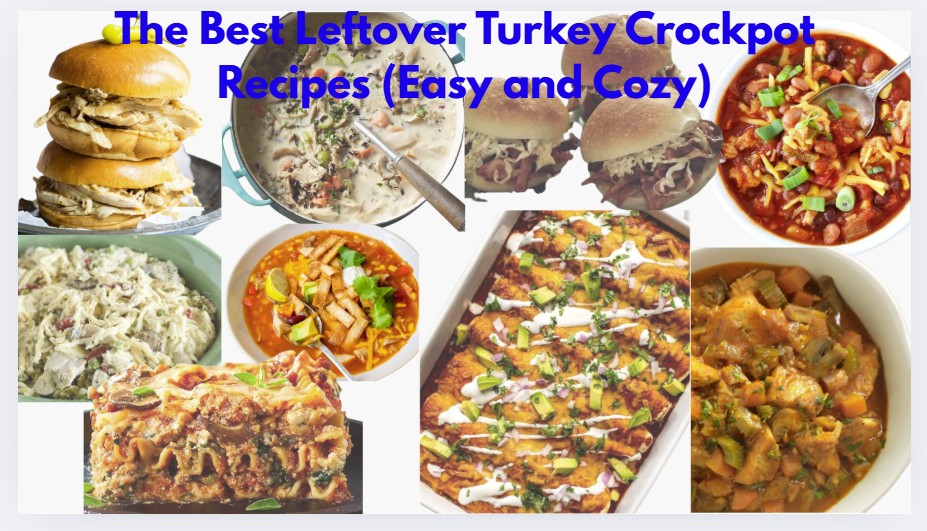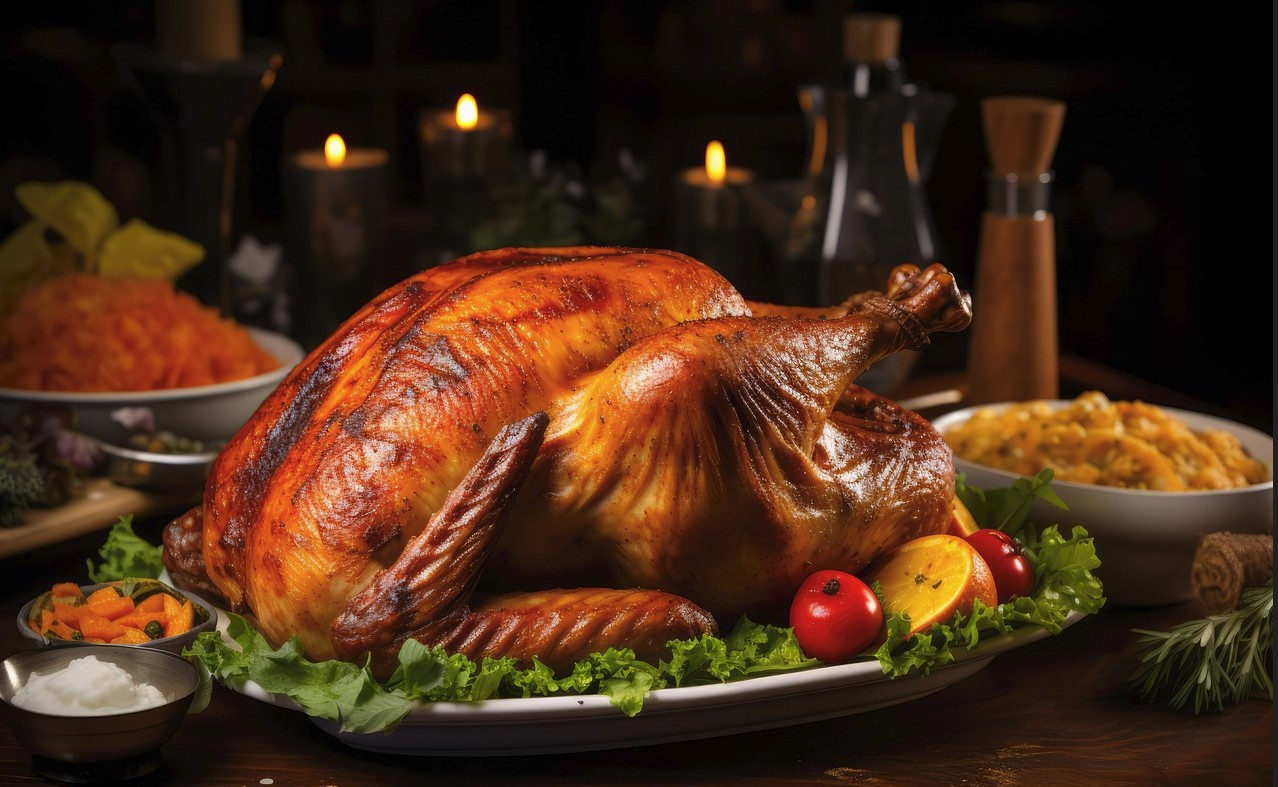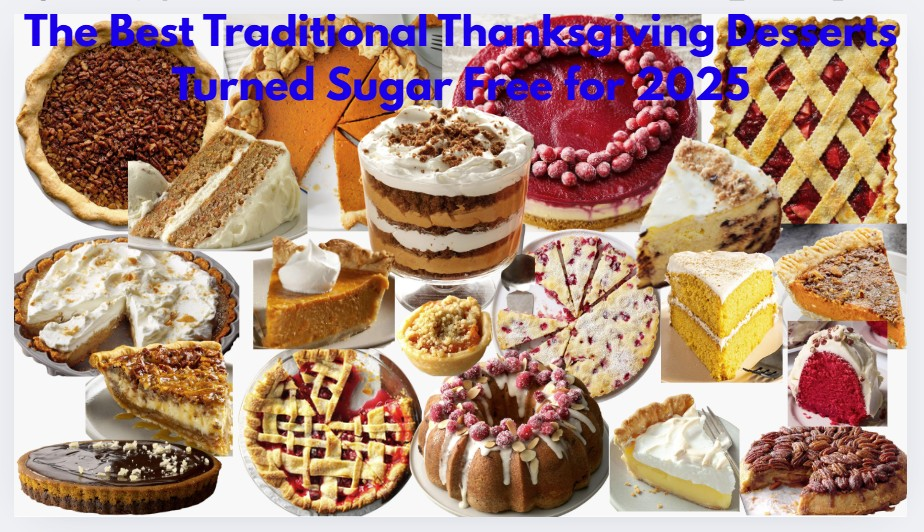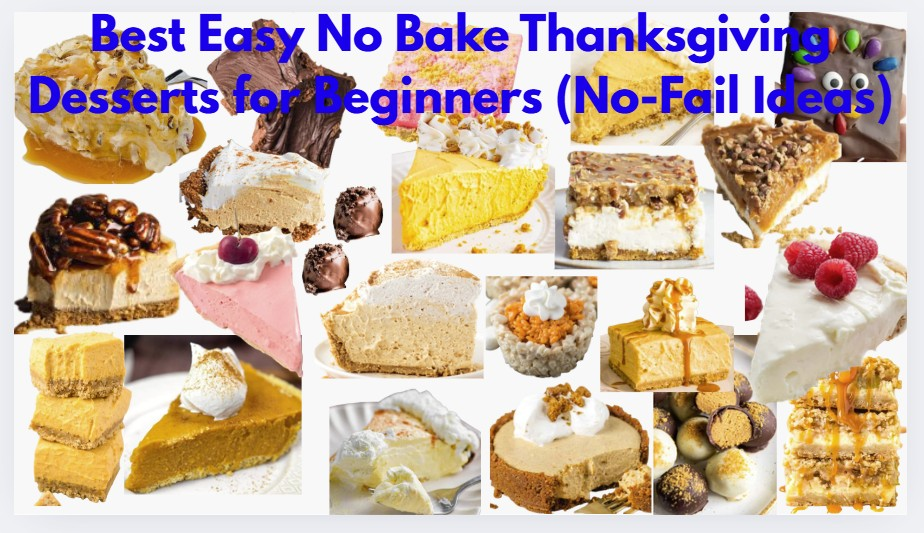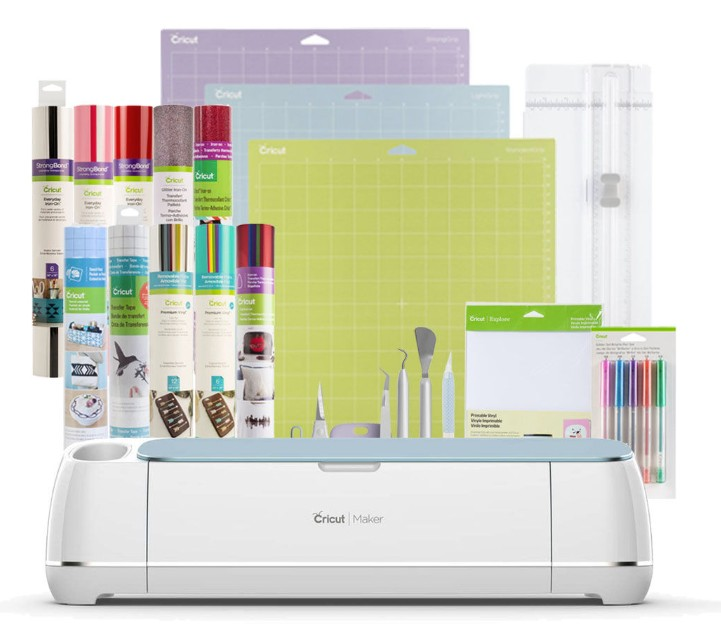I used to look at my Cricut and wonder if it was just another gadget for hobby projects. After a few test runs and a quick digital file sale, I learned I could make money with Cricut. Cricut machines can cut vinyl, write on labels or paper, and score designs for cards or packaging. People make vinyl decals for windows and cars, custom shirts, stickers, mugs, personalized gifts, and even detailed paper artwork. Some sell digital SVG files they design at home (that one surprised me most since there’s no inventory or shipping). The startup costs run about $500 if you’re grabbing extra tools, blanks, and materials, but many start smaller. If you have an eye for design or just like making things, you can build a side business. It blends creativity with money, which feels pretty rare. For anyone wanting to try Etsy, make local sales, or set up a digital store, that first sale goes a long way toward paying off your machine.
Understanding the Cricut: Features and Capabilities
Choosing a Cricut machine isn’t as simple as picking the first model you see. Each one brings something different to the table, and understanding those features opens up ways to earn extra income. Whether you’re raising your game with a Maker or starting out with an Explore Air, the true value comes from knowing exactly what each model can do and pairing it with the right material.

What materials can you use with the Cricut Maker?
When I first unboxed my Cricut Maker, my head swam with ideas. You might already know it can cut a lot of types of paper and vinyl, but it also slices through fabric and even thicker items like leather and wood. Working with these different materials means you’ll swap out blades and mats, but it’s worth it. Here’s a helpful overview to clarify which tool you need for which job:
- Premium Fine Point Blade: Best for regular paper, most vinyl, and standard iron-on.
- Scoring Wheel/Double Scoring Wheel: Handy for making clean creases in thicker papers and boards.
- Rotary Blade: Designed for clean, detailed cuts on fabrics, felt, and delicate materials.
- Deep Point Blade: Good for thick cardstock, stiff felt, and thin leather.
- Knife Blade: Built for tougher materials like balsa wood, matboard, and heavy chipboard.
Don’t make the early mistake of guessing which blade to use. The difference in the final product quality is night and day.
What Materials can you use with the Cricut Maker? PAPERS
Papers are usually where people start because supplies are cheap and beginner-friendly. I always reach for the Premium Fine Point Blade for clean cuts on all kinds of paper. Scoring tools will save you headaches on folds and crisp lines.

Here are paper types you can use with the Cricut Maker:
- Adhesive Cardstock
- Cardstock (in every texture and weight)
- Cereal Box
- Construction Paper
- Copy Paper
- Craftboard
- Flat Cardboard
- Flocked Cardstock and Paper
- Foil Embossed Paper
- Foil Poster Board
- Freezer Paper
- Glitter Cardstock
- Glitter Paper
- Kraft Board
- Kraft Paper
- Metallic Cardstock and Paper
- Metallic Poster Board
- Notebook Paper
- Paper Grocery Bags
- Parchment Paper
- Paper Board
- Pearl Cardstock and Pearl Paper
- Photographs and Photo Framing Mats
- Post Its
- Poster Board
- Rice Paper
- Scrapbook Paper
- Shimmer Paper
- Solid Core Cardstock
- Watercolor Paper
- Wax Paper
- White Core Cardstock
Most of these projects are perfect for cards, invitations, scrapbook pages, banners, and custom tags. Easy and in high demand during holidays.

What Materials can you use with the Cricut Maker? VINYLS
Vinyl is a definite money-maker. I use the Premium Fine Point Blade for everyday vinyl and the Deep Point Blade for thicker types like heavy-duty labels or certain stencils.

Types of vinyl the Maker can handle include:
- Adhesive Vinyl
- Chalkboard Vinyl
- Dry Erase Vinyl
- Glitter Vinyl
- Glossy Vinyl
- Holographic Vinyl
- Matte Vinyl
- Metallic Vinyl
- Outdoor Vinyl
- Printable Vinyl
- Stencil Vinyl
You can crank out custom decals for mugs, water bottles, cars, laptops or even wall art. The demand for personalized vinyl stickers is always high on Etsy and local markets.

What Materials can you use with the Cricut Maker? EVERYDAY IRON ON
To cut iron-on materials, you’ll need the Premium Fine Point Blade. Iron-on gives you the opportunity to sell custom shirts, hats, totes, and more.

Popular iron-on materials include:
- Everyday Iron On
- Flocked Iron On
- Foil Iron On
- Glitter Iron On
- Glossy Iron On
- Holographic Sparkle Iron On
- Matte Iron On
- Metallic Iron On
- Neon Iron On
- Patterned Iron On
- Printable Iron On
- SportFlex Iron On
Whether someone wants a “Bride” shirt, matching family vacation tees, or sports gear, these iron-ons let you bring any design to life. Small details like matching the right iron-on with the correct blade make for smoother projects and happier repeat customers.
What Materials can you use with the Cricut Maker? FABRIC AND TEXTILES
Cutting fabric used to terrify me until I realized how simple the Maker makes the process. Add the FabricGrip Mat and pop in the Rotary Blade—it feels like magic for quilters, crafters, or anyone who wants to create patches, bag labels or sewing projects.

Fabric and textiles you can cut include:
- Burlap
- Canvas
- Cashmere
- Chiffon
- Cotton Fabric
- Denim
- Duck Cloth
- Faux Leather
- Faux Suede
- Felt
- Flannel
- Fleece
- Jersey
- Jute
- Knits
- Leather
- Linen
- Metallic Leather
- Moleskin
- Muslin
- Oil Cloth
- Polyester
- Printable Fabric
- Seersucker
- Silk
- Terry Cloth
- Tulle
- Tweed
- Velvet
- Wool Felt
The Maker takes on everything from soft cottons to thick leather, letting you sell a bigger range of custom goods—think hair bows, small purses, embroidered patches, or quilt pieces.
What Materials can you use with the Cricut Maker? ADDITIONAL MATERIALS

This is where Cricut gets interesting and opens up niche revenue streams. Want to make custom magnets, wood signs, or cool window clings? The Maker can handle all of this with the right blade and mat.
Blades and mats to keep in mind:
- Use the Rotary Blade for lighter materials (tissue paper, acetate, cork).
- Swap to the Knife Blade for thick stuff (balsa wood, mat board, chipboard).
- The FabricGrip Mat or StrongGrip Mat will keep your materials stable.

Here’s a quick list of additional materials you might consider:
- Adhesive Foil
- Adhesive Wood
- Aluminum Foil
- Aluminum Sheets
- Balsa Wood
- Birch Wood
- Cork Board
- Corrugated Paper
- Craft Foam
- Duct Tape
- Embossable Foil
- Foil Acetate
- Glitter Foam
- Magnet Sheets
- Metallic Vellum
- Paint Chips
- Plastic Packaging
- Printable Magnet Sheets
- Printable Sticker Paper
- Shrink Plastic
- Soda Can
- Stencil Material
- Tissue Paper
- Temporary Tattoo Paper
- Transparency Film
- Vellum
- Washi Sheets
- Washi Tape
- Window Cling
- Wood Veneer
- Wrapping Paper
Tapping into these “non-traditional” materials lets you offer things like wood ornaments, embossed foil bookmarks, or custom magnets. This is a huge plus when looking for ways to stand out and make dependable side income with your Cricut.
In the end, the Cricut Maker isn’t just for paper crafters or vinyl fans—its wide range of features puts all sorts of business ideas within reach, as long as you know which tool and technique fits the material in front of you.
Profitable Cricut Projects to Start Selling
Once you know your way around a Cricut, there’s no shortage of products you can make that actually turn a profit. The beauty here is flexibility: you can stick to fast-sellers like mugs and shirts, or branch out into more detailed custom orders. Orders tend to spike around holidays, but there’s steady demand all year, especially if you offer items for birthdays, weddings, teachers, new babies, or pet lovers. Below, you’ll find some of the best Cricut products you can make and sell, along with ideas for how to stand out in a busy market.

Cake Toppers
Custom cake toppers always get attention at parties. They’re easy to make with a Cricut and use low-cost materials like cardstock, glitter paper or acrylic. Designs can celebrate birthdays, weddings, baby showers or graduations. Personalized names or funny sayings grab buyers who want something special. The process is quick: design, cut, glue to a stick and package. Sold locally or on Etsy, unique toppers fetch anywhere from $8–$25 apiece. Consider bundling them with matching items like banners for a higher sale.
Crafting Kits
People love DIY, but many don’t want to gather all the materials themselves. That’s where all-in-one kits shine. With your Cricut, you can pre-cut shapes, pack supplies and add instructions for projects like birthday banners, thank-you cards or paper flowers. These kits are popular with parents, teachers and party planners looking for ready-made activities.
Here’s what makes a good kit:
- All parts included (pre-cut shapes, embellishments, adhesives)
- Clear step-by-step instructions
- A finished sample photo
Shoppers appreciate kits for themed parties or classroom use. Kits sell well at craft fairs and on platforms like Etsy.
Custom Jewelry
Jewelry with your own design stands out, especially when you can personalize it. The Cricut easily cuts faux leather, wood veneer, shrink plastic and even thin metal for earrings, bracelets or pendants. You can make:
- Leather or faux leather earrings in bright patterns
- Cute wooden charms
- Pop-culture inspired studs
- Monogrammed keychains
By adding fun packaging (like a custom earring card), you can charge $8–$25 per set. Custom orders for wedding parties or gifts usually fetch a premium.
Custom T-Shirts and Apparel
Shirts, hats and bags with sayings or graphics are top sellers, whether for sports teams, family trips or business uniforms. Using iron-on vinyl, you can make shirts with crisp, custom designs. Events, businesses and niche groups all want their own look.
Personalize these items:
- T-shirts for family reunions or sports teams
- Baby onesies with witty quotes
- Canvas totes with monograms
- Baseball caps with small logos
Profit margins are strong since blank shirts and vinyl are cheap when bought in bulk. A unique shirt can easily sell for $15–$30 depending on design and audience.

Designer Mugs
Personalized mugs make perfect gifts for teachers, coworkers and parents. With permanent vinyl or infusible ink, a plain mug can turn into something one-of-a-kind—think names, quotes, inside jokes or logos. Pair mugs with matching coasters or small gift boxes to boost your sales.
Pro tips for selling mugs:
- Stick to dishwasher-safe materials for durability
- Offer quantity discounts for businesses or events
- Photograph your mugs in everyday settings for your shop
With a little marketing, mugs typically bring $12–$25 each.

Handmade Cards
Greeting cards never go out of style. The Cricut lets you design and cut layered paper cards with crisp, detailed edges. Add your own twist with foil, embossing or 3D elements. Birthdays, holidays, weddings and thank-yous all sell well. Handmade cards land somewhere between grocery-store cheapies and boutique stationery, so you can price them at $5–$10 each or bundle them for parties and teachers.
Home Décor Products
Home goods always attract shoppers on Etsy and at local craft markets. Some of the most reliable sellers:
- Wall decals (family names, quotes, kid room art)
- Wooden signs painted or lettered with vinyl
- Throw pillows with quotes or seasonal motifs
- Large paper flowers as wall art
- Holiday decorations for Halloween, Christmas, etc.
People love to update their spaces for seasons or special events. Custom orders make homes feel unique. Home décor items often sell for $20–$50 depending on size and materials.
Personalized Gifts and Party Supplies
“Custom” is a hot word for shoppers planning weddings, birthdays and corporate events. With your Cricut, you can make:
- Invitations with layered details
- Wedding favor tags and boxes
- Custom banners in school or holiday colors
- Cupcake or cake toppers
- Mini gift bags for guests
Party planners want fast turnaround and matching sets. Pricing bundles together increases your average sale and sets your shop apart.
Personalized Water Bottles
Permanent vinyl turns basic water bottles into branded, personalized gifts. Names, team logos, motivational quotes or cute icons all work well (and sell quickly). Bottles make great gifts for kids, sports teams, teachers and even pets.

Highlights:
- Use quality vinyl for long-lasting adhesion
- Offer bulk pricing for schools, clubs or businesses
- Add matching labels or stickers for an upsell
Most bottles sell between $12–$25, depending on brand and detail.
Pet Accessories
Pet owners love spoiling their animals. Cricut lets you make customized pet tags, feeding mats, bandanas and even small t-shirts for dogs or cats. Add pet names, fun shapes, or even jokes about breeds. Match accessories to holidays (like Valentine’s Day or Halloween) for repeat business.

Fast-selling pet products:
- Engraved or vinyl pet name tags
- Personalized food bowl mats
- Holiday or birthday bandanas
Priced between $8–$30, these gifts hit the sweet spot for animal lovers.
Seasonal Crafts
Holiday shopping fuels craft businesses. With Cricut, you can batch-produce items for every major season—think Christmas tree ornaments, Thanksgiving table toppers or Halloween window clings. People also want funny ugly sweater decals or themed mug sets.

Seasonal ideas:
- Halloween door signs and treat bags
- Christmas ornaments and gift tags
- Easter basket name tags
- Valentine classroom cards
Time your listings about six weeks ahead to catch shoppers early.
Selling SVG Files
If you love designing on a screen more than gluing and weeding vinyl, SVG files are an ideal product. Hobby crafters and other small business owners need fresh designs for words, logos, shapes and clip art. You only need to create once, then sell the digital file over and over.
Why this works:
- No inventory to store or ship
- Passive sales (even while you sleep)
- Artists and designers can express their creativity
SVG bundles for the holidays or popular themes (teachers, sports, birthdays) hook buyers who want something new every season.
Stickers, Labels, and Scrapbooking Supplies
Stickers have exploded in popularity, especially for planners and journaling. Use Cricut’s print-then-cut feature to produce high-quality sheets of stickers or detailed labels. Homemade sticker sheets, pantry jar labels and scrapbooking embellishments all sell fast.
Shop owners attract buyers by offering bundles:
- Planner sticker kits for each month or week
- Pantry and spice jar labels
- Custom die-cut names or monograms for scrapbooking
Keep the themes fresh and rotate designs often to build repeat customers.

Stickers
Designing your own line of stickers is both simple and profitable. Cricut makes kiss-cutting and die-cutting sheets easy, which means you’re only limited by your creativity. Offer stickers for planners, laptops, water bottles or scrapbooks. Even small packs sell well at local stores or on Etsy.
Popular ideas:
- Cute animals and food icons
- Motivational quotes
- Holiday or event-specific packs
Packages of themed stickers tend to bring in $4–$10 per sheet.
Teaching Cricut Classes
Once you know the ropes, teaching what you’ve learned can bring steady income. Local craft stores, rec centers and online platforms all need hands-on Cricut instructors. You can teach basics (machine setup, design software) or lead workshops on special projects like gift boxes or iron-on vinyl shirts.
Why consider teaching?
- Classes pay by the hour, and you can charge more as you gain experience
- It’s rewarding to help others discover new skills
- You build credibility and potential clients for your products
Offer downloadable guides or starter kits as upsells to students. This not only builds your reputation but hooks repeat customers for your designs and products.
Where and How to Sell Your Cricut Creations
Taking your Cricut creations from hobby to business means learning where to connect with buyers—and how to actually make those sales happen. The good news? There are more options than ever for selling handmade or personalized items. Whether you want to reach shoppers worldwide or keep it close to home, the right sales channel can set you up for steady income. Here’s a rundown of top places and best practices to build up sales without the guesswork.

Selling on Etsy and Other Online Marketplaces
Etsy is the most popular place for handmade goods and a natural fit for Cricut sellers. Setting up a storefront there takes just a few steps, and you’ll join a huge audience already interested in unique, personalized items. But Etsy isn’t your only option—Amazon Handmade, eBay, and Facebook Marketplace work well for different products and price points. Some sellers also do well on specialty sites like Instagram Shops or through their own website.
To give yourself the best shot on these platforms, keep these tips in mind:
- Create a Memorable Storefront: Your shop should look tidy and welcoming. Use a clear shop name and write a short “About” section explaining what makes your products special. Update your banner and profile picture with your style front and center.
- Use Eye-Catching Product Photography: Photos are everything online. Use natural light and simple backgrounds to let your work pop. Show different angles, add close-ups, and include props for context. For shirts or mugs, people want to see how big they are and imagine the item in real life.
- Set Smart Prices: Price too low and you risk losing money or looking cheap. Price too high and buyers scroll past. Factor in supplies, time, fees, packaging, and shipping—then research what similar items cost. Don’t forget Etsy fees (usually 5%) and payment processing charges.
- Write Clear Listings: Describe what makes your item different. Be honest about size, material, and colors. Use keywords buyers would search, but keep the tone friendly and direct.
- Offer Excellent Customer Service: Respond quickly to questions, pack items safely, and consider thank-you notes for that personal touch. Positive reviews build trust and drive more sales.
Where should you sell online?
- Etsy: Best for personalized, handmade goods; search-friendly and easy to start.
- Amazon Handmade: Great for scaling up, higher fees, but more reach.
- eBay: Flexible for both finished products and supplies.
- Instagram and Facebook Shops: For businesses with social followings or who want to target local buyers.
- Your Own Website (via Shopify or WooCommerce): Good for more control and lower long-term fees, but you’ll need to drive your own traffic.
Mix and match platforms to reach a wider audience, but don’t stretch yourself too thin if you’re just starting out.
Leveraging Social Media and Personal Websites
Social media can turn browsers into buyers if you know how to make your posts stand out and connect with the right people. Instagram, Facebook, and TikTok are packed with creative business owners sharing their work, running giveaways, and linking directly to their shop or ordering forms.
Here’s what works for Cricut sellers online:
- Instagram: Post sharp, bright photos of your newest designs. Use Stories and Reels to share behind-the-scenes, packaging, or quick tutorials. Add your shop link in your bio or use shopping tags if you qualify. Hashtags help reach new fans, but keep them relevant.
- Facebook Marketplace & Groups: Simple, free, and local-focused. Join local “buy and sell” or “handmade” groups to post your products. Answer messages quickly. Facebook Page Shops let you build a longer-term audience.
- TikTok: Fast for viral videos—post short clips showing the transformation from plain shirt to custom masterpiece, or do quick how-tos on popular designs. Fans often ask about orders in the comments or bio links.
- Shopify Sites: With Shopify, you own your shop and branding. Start with a clear home page, easy navigation, and clear shipping/return policies. Link it to your Facebook or Instagram to let people shop straight from social feeds. Email lists and discount codes help turn followers into loyal customers.
Personal websites are perfect for building a brand and trying new sales approaches. You can share a story, combine digital sales (SVGs or templates) with physical items, and avoid fees you’d pay to a marketplace.
Partnering with Local Businesses and Events
Sometimes the best sales are close to home. Local buyers love touching and seeing products before buying, especially things like shirts, mugs, or cards made with a personal touch. Connecting with small shops and events can put your work in front of people who value local and handmade.
Here’s where your Cricut business may find local success:
- Craft Fairs and Markets: These events draw shoppers looking for unique, handmade goods. Bring a tidy, organized table and plenty of business cards. Bundle products for discounts or offer “buy one, get one half-off” to encourage bigger sales.
- Boutiques and Gift Shops: Ask local owners if they take consignments or offer wholesale partnerships. Personalized gifts or seasonal goods (like ornaments or Mother’s Day signs) stand out.
- Partnering with Coffee Shops, Libraries, or Salons: Community centers often love spotlighting local talent. Set up a small product display or leave flyers and a few sample items.
- School Fundraisers and Community Events: Offer custom products to parents, teachers, or boosters looking to raise money for school trips or clubs. Pet days or seasonal festivals can be great for showing off kid-friendly or pet-themed goods.
- Antique Stores and Pop-Ups: These venues are perfect for home décor and seasonal items that blend vintage with new. Collaborate on pop-up events or seasonal racks.
If you want to start small, think about selling to friends, family, or coworkers. Their word of mouth builds trust and often leads to early repeat business.
The more visible you are locally, the easier it is for people to remember your shop and tell others. A mix of online and local selling can help you grow at your own pace while building solid connections with every sale.

Tips for Maximizing Profit and Scaling Your Cricut Business
Once the first orders roll in, real business lessons start. Making a profit from your Cricut projects sounds simple on paper, but growing your side hustle into something steady takes more than just cutting pretty shapes. It means thinking about pricing, production, branding, and even sharing your story online. There’s no single path, but here’s how many sellers I know (myself included) managed to turn creative afternoons into a thriving business.
Pricing for Profit and Value
Set prices that cover costs, pay for your time, and leave room to grow. Too many sellers undercharge because they’re new or worry about scaring off buyers. Don’t fall into that trap.
Here’s a straightforward approach:
- Add Up All Material Costs: Count every item—vinyl, blanks, blades, mats, glue, transfer tape, even packaging. Don’t forget to include a percentage of equipment wear and tear if you’re serious about long-term sales.
- Factor in Your Time: Track how long each product takes, from design to shipping. Decide what your hourly rate should be (minimum wage is a baseline, but your time deserves more).
- Include Overhead and Fees: This means Etsy fees, processing fees, shipping costs, and a little for electricity or internet. It adds up quicker than you think.
- Check What Others Charge: Search for similar products on Etsy, Facebook, or Instagram. Don’t race to the bottom on price, but know where you fit.
- Boost Prices for Custom Work: Custom orders take extra time for design and messaging. Add a setup or personalization fee.
- Review Regularly: Prices aren’t set in stone. Check material costs every season and compare your profit after big sales or busy months.
Pro tip: If you keep selling out, your price is too low. If nothing moves, either your price is too high, or your photos and descriptions need work.
Optimizing Production and Workflow
Your time is your biggest asset. The key to making more money is making more with less stress. Streamlining your process frees up hours for new products or self-care (both help your business in the long run).
Here’s how to work smarter:
- Batching: Make five or ten of the same item at once. Setup, cutting, weeding, and pressing are faster when done in bulk. Group similar orders or popular items for the week so you’re not switching blades and mats nonstop.
- Inventory Organization: Store supplies where you can see and reach them. Clear bins for vinyl, hooks for mats, and labels on everything. I use pegboards and rolling carts—game changers for staying organized and ready for last-minute orders.
- File Management: Keep digital files sorted in folders by type or project so you’re not hunting through downloads every day.
- Software Tools: Design Space is a given, but tools like Trello or Asana help track orders and deadlines. Inventory spreadsheets and apps like QuickBooks make income and expense tracking nearly painless.
- Standardize Packaging: Pre-make thank you notes, sticker your logo on every package, and stock up on envelopes and boxes. Saves a ton of time when orders spike.
When your order volume starts to pick up, consider outsourcing repetitive tasks or hiring help for packaging and shipping. Invest back into upgraded tools or bigger supply orders to save long-term.
Building a Recognizable Brand
Branding is more than a logo or color scheme. It’s how people remember you, tell friends about you, and recognize your work on sight. This takes time, but each detail adds up.
Simple ways to build your brand:
- Cohesive Aesthetic: Use the same fonts, colors, and style across photos, product tags, and your shop banner. Pick a look that matches what you sell—elegant for wedding decor, bold for kids’ shirts, etc.
- Packaging That Pops: Slip in a business card, tie a ribbon, or seal your packages with a custom sticker. Even a handwritten thank you note goes a long way. People remember extras and share photos online when the unboxing feels special.
- Consistent Messaging: Keep your voice the same across emails, listings, and customer notes—friendly, professional, and clear.
- Memorable Name: Your business name should be easy to spell and recall. Search it on social media before you commit to make sure it’s not taken.
- Exceptional Customer Service: Quick answers, honest timelines, and fixing mistakes fast will make repeat buyers. Happy customers leave reviews. They also tell friends (free word of mouth is hard to beat).
A recognizable brand stands out in a crowded market and helps justify higher prices. Think of branding as your silent salesperson.
Blogging
Starting a blog is like opening a second storefront—except this one builds trust and attracts customers from search engines and social shares. Telling your Cricut story, sharing tutorials, or highlighting behind-the-scenes work turns browsers into buyers and can even create an extra stream of income.
Why add a blog to your business?
- Drive Traffic: Blog posts about Cricut tips, how-tos, or project ideas help you show up on Google. When people search for “DIY wedding signs” or “best vinyl for tumblers,” your posts can pull in readers who convert to buyers.
- Show Expertise: Sharing tips, reviews, and projects builds authority and trust. Customers are more willing to spend when they know you’re the real deal.
- Earn Extra Income: Monetize with affiliate links (to your favorite supplies or tools), sponsored posts from brands, or display ads. The more you build up traffic, the better these work for passive income.
- Highlight New Products: Use your blog to announce new items, run giveaways, or share customer photos. It keeps loyal fans engaged and coming back to your shop.
If writing isn’t your thing, start small—one post a month, sharing what you learned or how you solved a problem. Over time, your blog can work alongside your store to boost profit and grow your brand footprint.
Scaling a Cricut business takes thoughtful planning. Price for real profit, streamline how you work, put heart into your brand, and don’t be shy about sharing your process online. Small steps build a business that not only pays the bills but also makes room for creativity and growth.

Turning a Cricut hobby into real income
Turning a Cricut hobby into real income is more doable than a lot of people think. It comes down to understanding your machine, picking a few strong products, and putting your personal style into every item. Small details, like sharp photos or thoughtful packaging, build trust and keep shoppers coming back. Don’t stress over getting everything perfect at the start—most sellers tweak things as they go.
Now’s the best time to try a new design, list your first product, or reach out to a local shop. Experiment with your ideas, see what people love, and let your Cricut business grow at your own pace. Thanks for reading—if you have your own favorite tip or a story about selling your first project, drop it in the comments. Your next idea might just be the one that pays for your next coffee run (or much more).
